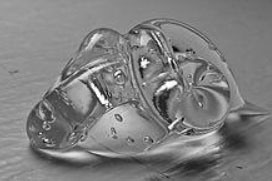Innovative Thickening Solutions with Carbomer SAT Liquid 1 (CAS 64742-47-8 / 3055-97-8)
Source Wikipedia
Carbomer SAT Liquid 1 is a high-performance thickening agent designed to meet the rigorous demands of the cosmetics and personal care industry. Unlike traditional inorganic or cellulose-based thickeners, acrylic acid polymers, such as Carbomer SAT Liquid 1, offer superior thickening and emulsion stabilization properties. This innovative solution, containing INCI: POLYACRYLAMIDE, C13-14 ISOPARAFFIN, and LAURETH-7, provides enhanced viscosity control, ensuring smooth and consistent formulations.
INCI POLYACRYLAMIDE, and C13-14 ISOPARAFFIN, and Laureth-7
CAS 64742-47-8 / 3055-97-8
Advanced Polymer Technology for Stability
Carbomer SAT Liquid 1 utilizes cutting-edge polymer technology to deliver high-molecular, cross-linked acrylic acid structures. These homopolymers are carefully synthesized using radical polymerization with peroxides or azo compounds, ensuring optimal performance. When dispersed in water, Carbomer SAT Liquid 1 exhibits a pH of approximately 2.5, but when neutralized, it forms stable gels capable of binding significant amounts of water. This feature makes it highly effective in cosmetic applications, where maintaining product consistency and texture is essential.

